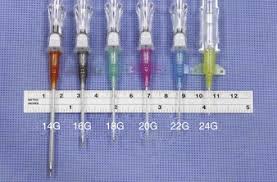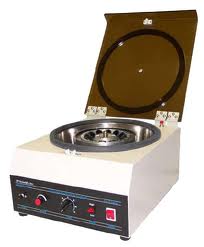Why Stem Cell Count Matters!

As a society, we are obsessed with numbers and precise detail. In the grocery store, we scour labels to ensure that our foods are low in both sodium and carbohydrates. With mobile phones, we compare LCD screen sizes, pixel resolutions, storage options, and battery life. When selecting vehicles, we drill down on mpg, horsepower, 0–60 mph times, safety ratings, and cost of ownership. So what is to be said about stem cell count in stem cell injections?
In medicine, the same level of precision exists. When a medication is prescribed, there is a specific dosage over a set number of days. When an IV is started in a child, a 22- to 24-gauge needle is used; whereas, with adults, an 18-gauge is used. In surgery, a 300 mm trochanteric nail would be used for a professional football player with a femoral head fracture versus a 170 mm nail for a petite ballet player.

Unfortunately, this level of precision does not exist in regenerative medicine. Most stem cell clinics are performing injections without knowing the exact number of stem cells.
Does the number of stem cells injected matter?

What Data Exists That Demonstrates the Number of Bone Marrow Stem Cells Matters in Orthopedic Conditions?
Low stem cell numbers correlate with various orthopedic disease conditions. Examples with links follow:
- The bone marrow of patients with fracture nonunion sites contain fewer stem cells.
- There are fewer stem cells in patients with AVN due to alcoholism or corticosteroid use.
- There are reduced levels of stem cells in the tendon-bone interface of patients with symptomatic rotator cuff tears.
Is There Data That Demonstrates a Higher Number of Stem Cells Translate to Improved Outcome?
Yes, let’s review:
- The number of stem cells injected into post-surgical rotator cuff tears was the most significant factor in healing.
- The total number of stem cells injected was linked to healing in fracture nonunions.
- The total number of stem cells injected was related to the outcome in lumbar disc injections.
- At Centeno-Schultz Clinic, we demonstrated that the total number of stem cells injected was directly correlated with clinical outcome in the treatment of knee osteoarthritis .
The Total Number of Stem Cells Injected Is Critical to Outcome
Given that the total number of stem cells injected matters, why is this information not available at most clinics? Most stem cell clinics process the bone marrow aspirate utilizing a bedside centrifuge, which cannot provide this critical information.

Yes, that is correct. Most stem cell clinics have no idea the number of stem cells they are injecting. As a result, they may very well be injecting too many joints with an insufficient number of stem cells, resulting in a compromised clinical outcome.
At the Centeno-Schultz Clinic, we have a multimillion-dollar university-caliber cell-processing lab, where the total number of nucleated cells is provided on every case. We know that the total number of stem cells is critical to clinical outcome.
That is why we focused on a bone marrow aspirate technique that maximizes stem cell yield, which is summarized below.
It you have an orthopedic condition, know that the total stem cell count and overall number of stem cells injected is critical to your clinical outcome. Most clinics are not available to provide this critical information. At the Centeno-Schultz Clinic, you will have a board-certified, fellowship-trained physician who is committed to your clinical success. This starts with taking preprocedure measures to maximize stem cell yield and performing a multisite bone marrow aspirate with the goal of maximizing stem cell count and clinical outcome. Anything less will compromise your success and well being.

